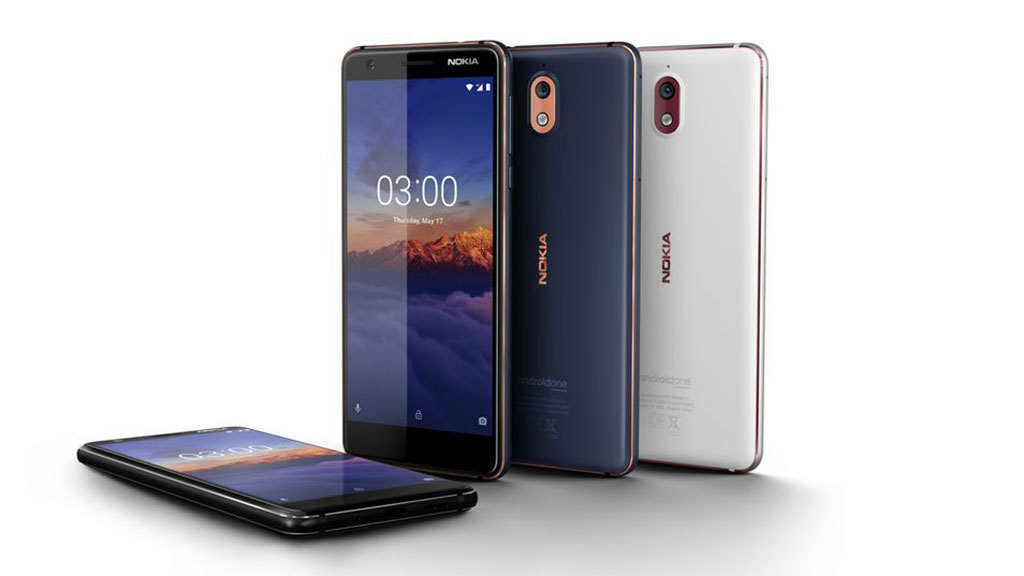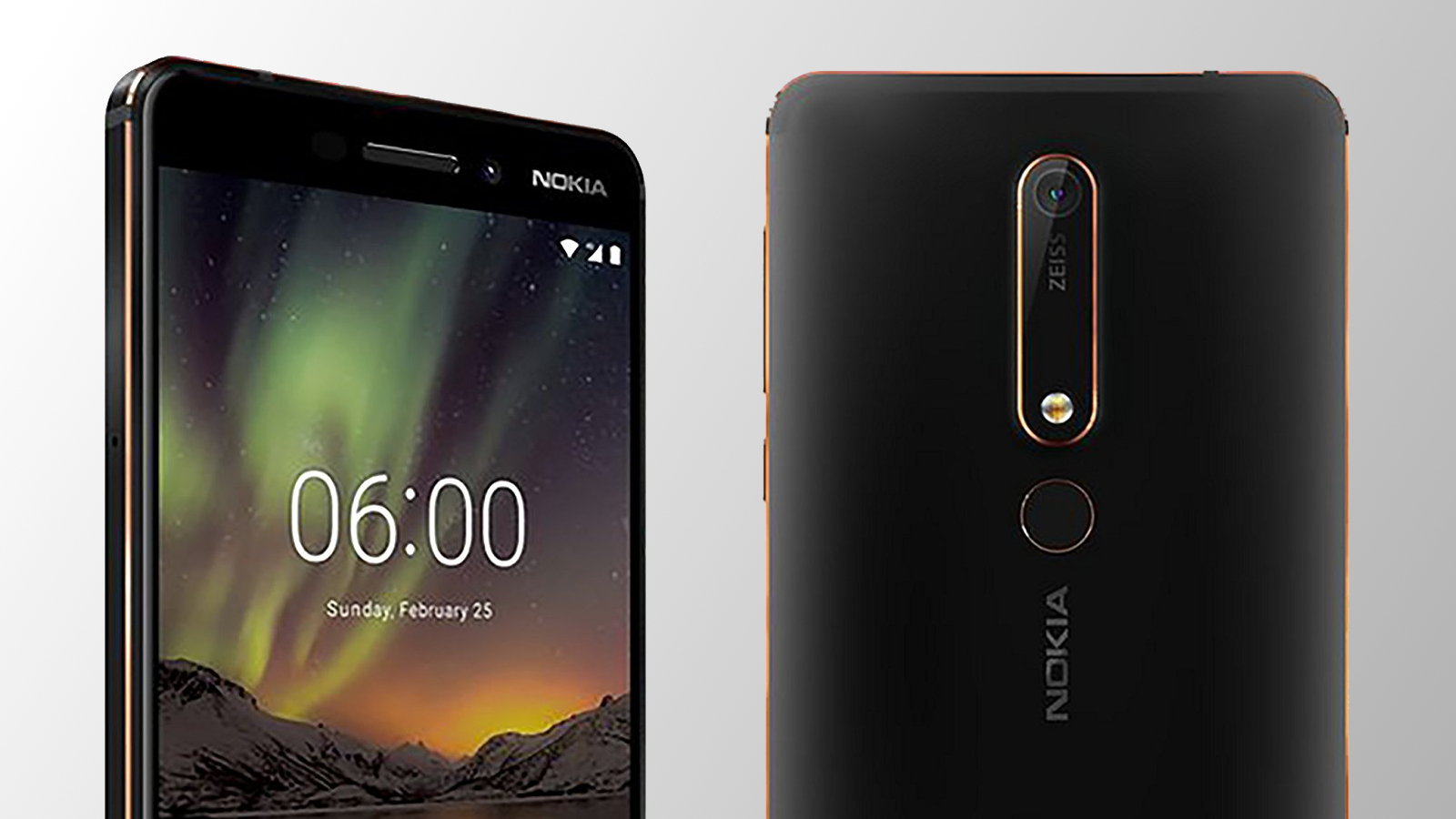HMD Global wants Nokia smartphones to be in the enterprise once again
HMD launches assault on the business market

The return of the Nokia brand to smartphone relevancy over the past few years has been one of the more intriguing subplots in the battle for Android dominance.
These days, Nokia devices aren’t made by Nokia, but are instead manufactured under licence by another Finnish firm called HMD Global.
Over the past two years, it has released a steady slew of mid-range handsets alongside the revival of the iconic ‘Nokia 3310’ feature phone has attracted the interest of the mobile industry and the wider public.
HMD is banking that the combination of a wide choice of devices, attractive designs and a commitment to rolling out the latest versions of Android and security updates will secure market share.
But although this approach was tailored for the consumer market, it has attracted the attention of SMBs and enterprises too. Companies started contacting HMD about potential enterprise use cases, rather than the other way around.
Device portfolio
“Our enterprise story started a year ago when we started this safe, secure approach for our latest wave of devices,” Andrej Sonkin, head of HMD Global’s Enterprise Business tells TechRadar Pro. “This attracted interest from enterprises who felt this [approach] was missing and it kickstarted our business activities.”
“Enterprises are getting very interested because their needs aren’t being met by manufacturers with smaller portfolios.
Sign up to the TechRadar Pro newsletter to get all the top news, opinion, features and guidance your business needs to succeed!
“It’s not just about price as such, but it’s about the availability of devices with various price points and a strong Total Cost of Ownership (TCO) proposition. There are companies moving from paper processes and there is a need to find a device that doesn’t jeopardise security – but not everyone can get a flagship.”
Sonkin points to a survey of businesses in Europe as evidence. It found that 68 per cent of IT purchasers wanted a large range of devices, a criterion that was more important in larger companies.
HMD’s nomenclature might be confusing to some, but Sonkin says there is a purpose. The Nokia 3, Nokia 6 and Nokia 8 ranges all target different segments and HMD is committed to adding new features and functionalities to each at the same price point. This means businesses always have a device to upgrade to.
“We see the whole range as relevant and important,” he explains. “Smaller companies tend to purchase as prosumers and therefore look at high-end devices. But at larger companies, there is more difference. Middle management might get mid-range and there are use cases in the lower end there are customers who use devices for specific use cases to let them know a job has been done.”
It might be a stretch to consider the Nokia 3310 though: “The 3310 is more of a feature phone where data isn’t important, but feature phones shouldn’t be more be forgotten because long battery life and call quality [are also important].”
Minimum standards
HMD is ensuring its devices adhere to the Android Enterprise Recommended (AER) programme, a range of devices that meet a set of requirements that make it as easy as possible to roll out, manage and secure Android devices in the workplace.
This means AER devices get the latest Android security patches within 90 days and at least one major OS update – something that will boost confidence among those who are worried about the fragmented nature of the Android ecosystem.
HMD is also working to ensure its devices adhere to the Android One programme too, meaning Nokia owners receive a non-modified version of Android on their device.
Not only does this make it easier to get updates, it also ensures there is no ‘bloatware’ which affects battery life and reduces the amount of memory space available to organisations.

Security focus
Security is the main concern of HMD’s target market, with 95 per cent of organisations aware of the relevance of rapid security patches, so certification from AER and Android One is seen as essential.
“More and more we’re seeing is that Android One is the minimum requirement,” adds Sonkin.
“The emphasis on security was more than what I was expecting at this stage. I think it’s the biggest priority for IT departments if they are driving the purchase because smartphones form part of a wider IT strategy and need to fulfil certain requirements.
“They ask us what our promise is when it comes to patching and how our approach works with the broader portfolio such as how it impacts manageability, the consumer benefits of Android, battery life and new user interface features. They also ask how much support the device will need in its lifecycle.
“We have an unbroken patch record in delivering devices.”
Another finding from the survey was that although organisations recognise the benefits of Enterprise Mobility Management (EMM), relatively few had adopted EMM technology. Again, the easy deployment of AER devices can have an impact.
“Companies are still evaluating what to do with management,” he explains. “They see a need to [adopt EMM] but are unsure which way to go. About 30 per cent of devices in enterprises are managed … but at the same time there are more opportunities to deploy devices in a more cost-effective fashion.”
Market prospects
But there’s no escaping the fact that the Android market is fiercely competitive, especially in the mid-range segment in which HMD hopes to compete in. And, given saturation in the consumer space, many manufacturers are also looking at business as a way to identify growth.
Apple, Samsung and others are formidable opponents, but Sonkin says HMD believes its portfolio, its security pledges and its overall service offering will ensure it becomes a leader in the enterprise sector.
“One of the things that make us credible is that we’re a global company. We have direct distribution partners in 90 countries and device activations in 170. When companies are looking at global deployments we have credibility.
“Another thing is care services. If something goes wrong. We have local repair partners in markets, online repair solutions in various European markets.”
There’s also the small matter of the Nokia brand.
“Brand is very important because it’s a promise. The promise needs to be reliability, trust and security. Nokia is known as a trusted brand and it has been present in the enterprises over the past 20 years in various shapes and forms and that legacy is seen as a positive.”
“The credibility they have in the enterprise space is high. We’re a European manufacturer from the north, the quality of our devices is legendary and what we’re doing with Android builds on that.
“We’re delivering to a real enterprise need. It’s not just one vertical as all industries have similar needs in terms of security, convenience in enrollment ant TCO optimisation. Our global presence, proposition and brand means we can be trusted.”
- Here are the best mobile phone deals for October 2018
Steve McCaskill is TechRadar Pro's resident mobile industry expert, covering all aspects of the UK and global news, from operators to service providers and everything in between. He is a former editor of Silicon UK and journalist with over a decade's experience in the technology industry, writing about technology, in particular, telecoms, mobile and sports tech, sports, video games and media.